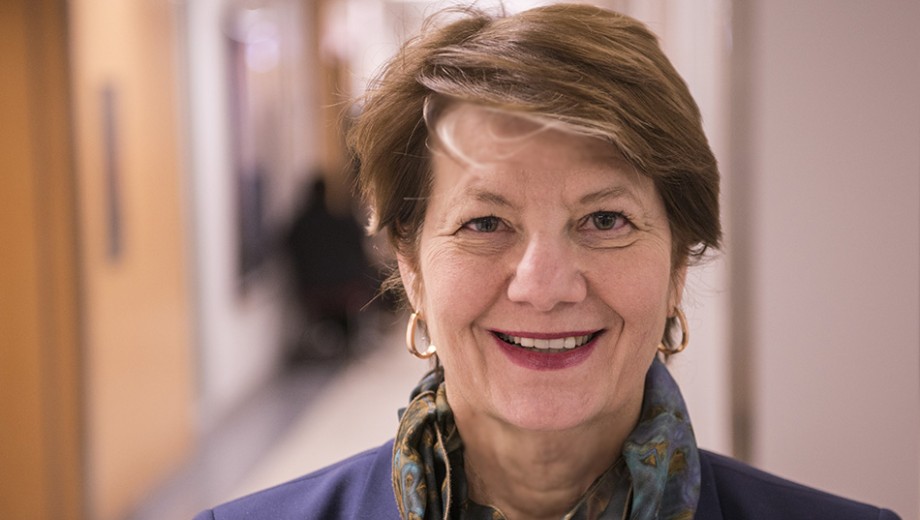Dear Alumni and Friends,
In the humanities there is a productive tension between the emergence of new fields and new technologies and the preservation of the integrity and boundaries of established disciplines. At the University of Chicago, scholars embrace this tension and thrive on identifying and addressing new problems.
The digital age offers us ready access to massive amounts of information and to modern tools that can enrich the scholarship of students and faculty members. To make the most of these opportunities and to build on the recommendations of a faculty committee that has surveyed our resources and needs, I announced the formation of a Digital Humanities Oversight Committee in March. This team of faculty and staff will assess the challenges that the digital humanities present and chart a course for how we can use digital technology to remain at the forefront of humanities research.
Digital humanities projects allow us to pursue new sets of questions in novel and fascinating ways and to study the impact of digital technology itself on culture and society. Digital-only publication, for example, forgoes the traditional monograph or printed edition and puts all sources, data, and conclusions online. One such project is Florentia Illustrata by Niall Atkinson (Art History), which combines quantitative, qualitative, and cartographic information about Renaissance Florence. Other projects are “born” digital, incorporating data sets of demographic or geographic information and combining them with hyperlinked text, images, and sound. Wu Hung (Art History) and Jason Salavon (Visual Art) have used 3-D models to document and “restore” the pillaged Xiangtangshan Buddhist caves. Yet other projects work within the realm of new media: Patrick Jagoda (English) has collaborated with a colleague in the biological sciences, Melissa Gilliam, to develop video games that encourage responsible health decisions by teenagers.
I think back to my own research and how digital technology might have changed it. As editor of the Chicago Assyrian Dictionary, which was completed in 2011, I worked with a team to assemble our data using the process established by the project’s founders in the 1920s. We carefully compiled and categorized information using index cards, a system little modified from the one established by Carl Linnaeus in the eighteenth century. Starting a similar project today, we would make use of sophisticated databases to cross-reference data and quickly retrieve information. Instead of housing millions of index cards in wooden files, we would store data in computer servers or in the cloud. Moreover, the end products might be different—we might publish hard copies of edited volumes, make all our raw data available to scholars digitally, or create separate and simultaneous print and interactive online versions, as the Chicago Hittite Dictionary is doing today.
This is a new world for humanistic scholarship, but it does not change who we are—researchers and teachers—or what we aim to accomplish: the production and transmission of new knowledge. This issue of Tableau highlights several faculty members, students, and staff who use technologically sophisticated tools for research to ask old questions in new ways. You will find that these tools and methods provide opportunities to enrich our mission of pursuing free inquiry and rigorous scholarship grounded in the disciplines of the humanities. We move forward with these principles firmly in place, turning the challenges of our time into opportunities for the future.
Sincerely yours,
Martha T. Roth
Dean of the Division of the Humanities
PHOTOGRAPHY BY ROBERT KOZLOFF


Comments
Martha Roth's message
Martha's expose of digital humanities is splendid.
In the many years I have known her she is always on target.
Viva the new age.